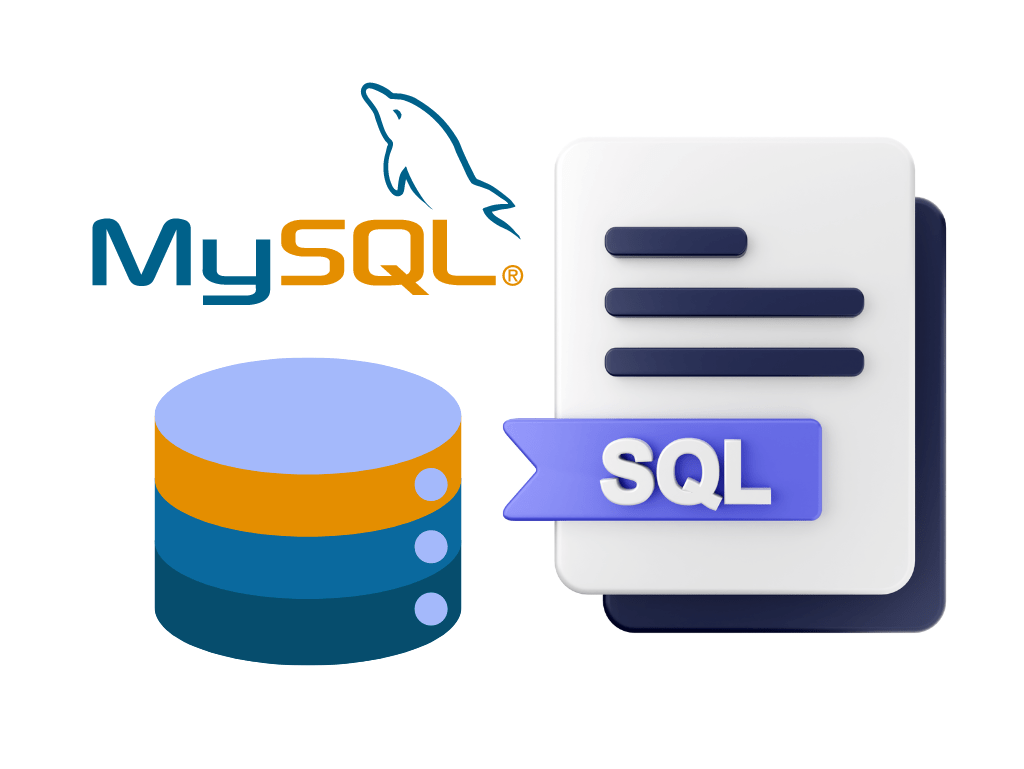In the digital age, data is king. From customer information to business transactions, data is essential to nearly every aspect of modern life. However, with such a vast amount of data available, it can be difficult to keep track of and manage it all. This is where databases come into play.
A database is a structured collection of data that is stored and organized in a way that allows for efficient and easy retrieval. It is a fundamental component of most modern computer systems and is used in a variety of applications, from managing customer data to tracking inventory.
What is a Database?
In its simplest form, a database is a collection of data that is organized in a specific way to enable efficient retrieval and manipulation. Databases are typically structured in tables, which are made up of rows and columns.
Each row in a table represents a single record or instance of data, while each column represents a specific attribute or characteristic of that data. For example, in a customer database, each row might represent a single customer, while each column might represent their name, address, phone number, or other relevant information.
Databases can also be linked together through relationships, which allow for more complex queries and data analysis. For example, a customer database might be linked to an order database, allowing for the analysis of customer purchasing patterns.
Types of Databases
There are several types of databases, each designed to serve a specific purpose or application. Here are a few of the most common types of databases:
- Relational Databases: Relational databases are the most common type of database and are used in a wide range of applications. They are designed to store and organize data in tables, with relationships between tables defined through a system of keys.
- Object-Oriented Databases: Object-oriented databases are designed to store data in the form of objects, which can contain both data and behavior. This type of database is particularly well-suited for complex data structures, such as those found in scientific research or engineering.
- NoSQL Databases: NoSQL databases are designed to handle unstructured data, such as text, images, or video. They are often used in web applications, social media platforms, and other applications that require fast, scalable data storage.
- Graph Databases: Graph databases are designed to store and analyze data in the form of nodes and edges, which represent the relationships between different pieces of data. This type of database is particularly well-suited for applications such as social networks or recommendation engines.
Relational Database
A relational database is a type of database that is designed to store and organize data in tables, with relationships between tables defined through a system of keys. It is the most common type of database and is used in a wide range of applications, from managing customer data to tracking inventory.
The key feature of a relational database is its ability to store data in tables, with each table representing a single entity or object. For example, a customer database might have a table for customer information, with each row representing a single customer and each column representing a specific attribute, such as their name, address, or phone number.
Relationships between tables are defined through a system of keys, which are unique identifiers that allow for the linking of data between tables. For example, a customer database might be linked to an order database through a unique customer ID, which would allow for the analysis of customer purchasing patterns.
One of the key benefits of relational databases is their ability to handle complex data structures. By organizing data into tables and defining relationships between tables, relational databases can handle a wide range of data structures, from simple lists to complex hierarchies.
Relational databases also offer a high degree of data consistency, as all data is stored in a single location and can be easily updated or modified as needed. This helps to ensure that data is accurate and up-to-date, which is critical for applications that rely on real-time data analysis and decision-making.
Another key benefit of relational databases is their scalability. Because they are designed to be scalable, relational databases can grow or shrink as needed to accommodate changing data storage needs. This makes them well-suited for applications that require fast and flexible data storage.
However, relational databases also present several challenges that must be addressed to ensure their effective use. One of the biggest challenges is data quality. Relational databases are only as good as the quality of the data they contain, so it is important to ensure that data is accurate, up-to-date, and consistent across all tables.
Another challenge is data security. Relational databases can contain sensitive information, such as customer data or financial transactions, so it is important to implement appropriate access control and encryption measures to protect against unauthorized access or theft.
Overall, relational databases are a powerful tool for managing and analyzing data in a wide range of applications. By organizing data into tables and defining relationships between tables, relational databases provide a flexible and scalable platform for handling complex data structures and real-time data analysis. However, to ensure their effective use, it is important to address the challenges of data quality and data security, and to implement appropriate measures to protect against unauthorized access or theft.
Network Database
A network database is a type of database model that is designed to represent complex data relationships by using a hierarchical structure. In a network database, data is stored in a series of interconnected nodes, or records, which are organized into one or more sets called sets or classes.
Each node in a network database can have multiple relationships with other nodes, forming a network of interconnected data relationships. These relationships are defined through a series of pointers, which connect nodes together and allow for the efficient retrieval and manipulation of data.
One of the key benefits of a network database is its ability to represent complex data relationships in a clear and efficient manner. By organizing data into a hierarchical structure, network databases can easily represent data that is related in multiple ways, such as an employee who belongs to multiple departments or a product that can be sold by multiple vendors.
Another benefit of network databases is their ability to handle large amounts of data. By using a hierarchical structure and efficient pointer-based relationships, network databases can scale to handle large amounts of data without sacrificing performance or reliability.
However, network databases also have some limitations that must be considered. One of the biggest challenges is their complexity, which can make it difficult to design, maintain, and update a network database. In addition, network databases may not be well-suited for applications that require frequent updates or modifications to the data structure, as this can lead to a high level of maintenance and support.
Overall, network databases are a powerful tool for representing complex data relationships in a clear and efficient manner. By using a hierarchical structure and pointer-based relationships, network databases provide a flexible and scalable platform for managing and analyzing large amounts of data. However, their complexity and limited suitability for certain types of applications must be carefully considered when choosing a database model.
Benefits of Databases
Databases offer several benefits over other types of data storage and management systems. Here are a few of the most important benefits of databases:
- Centralized Data Storage: Databases allow for centralized data storage, which makes it easier to manage and maintain large amounts of data. This also helps to ensure data consistency, as all data is stored in a single location.
- Efficient Data Retrieval: Databases are designed to allow for efficient data retrieval, which makes it easier to access and analyze large amounts of data. This is particularly important for applications that require real-time data analysis and decision-making.
- Data Security: Databases offer a high level of data security, as they allow for access control and encryption. This helps to protect sensitive data from unauthorized access or theft.
- Scalability: Databases are designed to be scalable, which means they can grow or shrink as needed to accommodate changing data storage needs. This makes them well-suited for applications that require fast and flexible data storage.



0 Comments